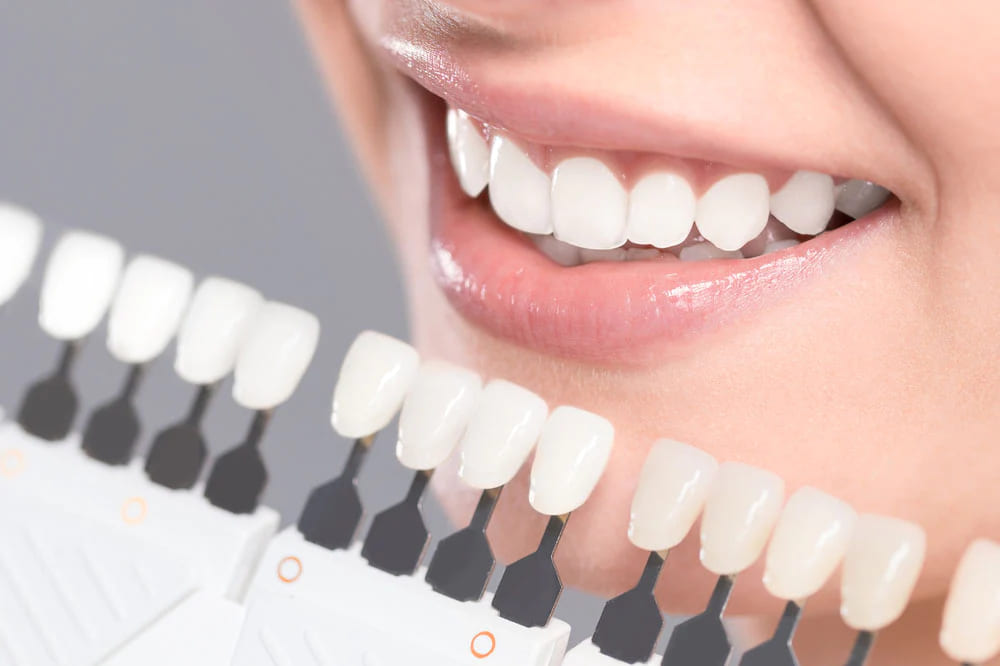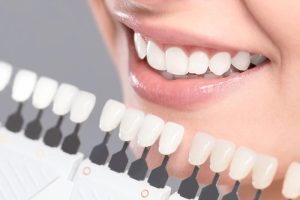His smile was lovely. Until you got close to him. The brown teeth glistening between his lips were disconcerting. It wasn’t that his breath stank, his teeth just looked as if it should. And you didn’t want to hang around to find out.
There are many reasons why your teeth become discoloured.
- Smoking
- Wine – especially red
- Food
- Age
- Decay
- Orthodontic White Spot Lesions
- Bacteria in plaque gives off acidic by products that cause enamel demineralization and the formation of white spot lesions, a common complication of fixed orthodontic treatment and poor oral hygiene.
- Mild fluorosis
- Fluorosis is a result of overexposure to fluoride as a child when your permanent teeth are still developing.
- Amalgam Restoration Stains
- When amalgam – the silver stuff used in fillings (and made of a powdered alloy composed of copper, silver, and tin, and mixed with liquid (elemental) mercury) corrosive products within the amalgam can stain the tooth.
- Tetracycline
- If you are more than 4 months pregnant or younger than 14 months of age, and you take antibiotics containing tetracycline, the tetracycline will bond with your bones, cartilage and teeth which will be permanently stained.
- Genetics
- Non-vital discolouration
- If your tooth has suffered trauma and the nerve has died, the tooth is then called ‘non-vital’ and becomes discoloured.
Which types of stains can be removed?
Your teeth become stained thanks to compounds, called chromogens, that have colour (i.e. red wine or cigarettes) or darker shades (i.e. tetracycline). These compounds accumulate on the tooth enamel or inside the tooth. The chromogens have either organic or metal compounds.
Metal compound-created stains are probably best fixed with veneers, bonding, or crowns.
But for the organic chromogens, tooth whitening can be the answer. It’s the most popular answer worldwide. And it can be done at home or at your dentist.
What is tooth whitening made from?
Its main ingredient is hydrogen peroxide or sodium hypochlorite.
Isn’t that dangerous?
The two most common side effects are an increase in tooth sensitivity and mild gingival irritation, both of which can last several days. It also depends on the strength of the peroxide bleach and how long the treatment lasts. Because whitening is not permanent, if you do it too often or too much, it can cause mineral degradation, change your teeth’s microstructure, damage any restorations you may have had done, damage your teeth through dehydration, damage the pulp in your teeth, erode your teeth, and increase the possibility of demineralization.
Are we saying don’t whiten your teeth?
No. What we are saying is, look after your teeth so well that you don’t need to whiten them or have your dentist do it for you. Here are some options:
At the dentist:
- In-office – The safest option, in our opinion.
- In tray – Can be done at the dentist or bought over the counter.
At home: These usually only whiten the teeth 1 – 2 shades.
- Whitening rinses – Least expensive and safest at-home option.
- Whitening strips or gels – Time consuming.
- Whitening toothpaste – Abrasive and damaging.
Contact us at 0508 TEAM DENTAL Make an appointment today to learn more about whitening your teeth properly.

